Tear drop tattoos have long been a captivating symbol that intertwines art with emotion, mystery, and sometimes even defiance. These designs carry a blend of simplicity and depth that can instantly speak volumes about a wearer’s personal journey. When you first come across a tear drop tattoo, you’re likely to be intrigued by its delicate yet bold form—a droplet that seems to hold a world of meaning within it. Many people see it as more than just a decorative mark; it’s an emblem of stories lived, struggles overcome, or even messages to the world about experiences that have shaped their lives. Drawing on both modern sensibilities and ancient cultural symbols, tear drop tattoos continue to evolve in purpose and style. I’ve noticed that while some individuals view them as reminders of personal loss or regret, others see them simply as a piece of art that speaks to the beauty and complexity of emotional expression. There’s something undeniably engaging about these tattoos, and their popularity isn’t just a flash in the pan—it’s a testament to how art can connect with us in profound ways. This connection is further reinforced by the fact that each tear drop’s placement and design can be meticulously customized, making it a unique piece of wearable art. Whether you’re considering getting one yourself or simply captivated by their allure, tear drop tattoos have a rich narrative that invites deeper exploration.
Historical Background and Cultural Origins
Diving into the historical backdrop of tear drop tattoos reveals a fascinating intersection of cultural significance and the evolution of tattoo art over time. Throughout history, many cultures have embraced the form of tears as symbols of sorrow, commemoration, or penance. Dating back to eras where facial tattoos were not just adornments but conveyed deep social and personal meanings, tear drop designs played roles that transcended aesthetics. In various parts of the world, particularly in regions known for their rich storytelling traditions, a tear drop was often seen as a marker of profound loss or a moment of personal transformation. When I explore old literature and visual art, I find that tears have always been emblematic of human vulnerability and resilience. Over time, this symbolism has adapted to fit into the modern narrative of rebellion and personal expression. In some communities, particularly those with ties to street culture or prison life, tear drop tattoos have even become a codified language of experiences and consequences. This historical layering contributes to why the design is so popular today—it’s not just ink on skin but a living piece of cultural heritage. The evolution of the tear drop tattoo mirrors our ever-changing understanding of identity and redemption, and its journey from ancient symbols to modern street art is a testament to its enduring appeal.
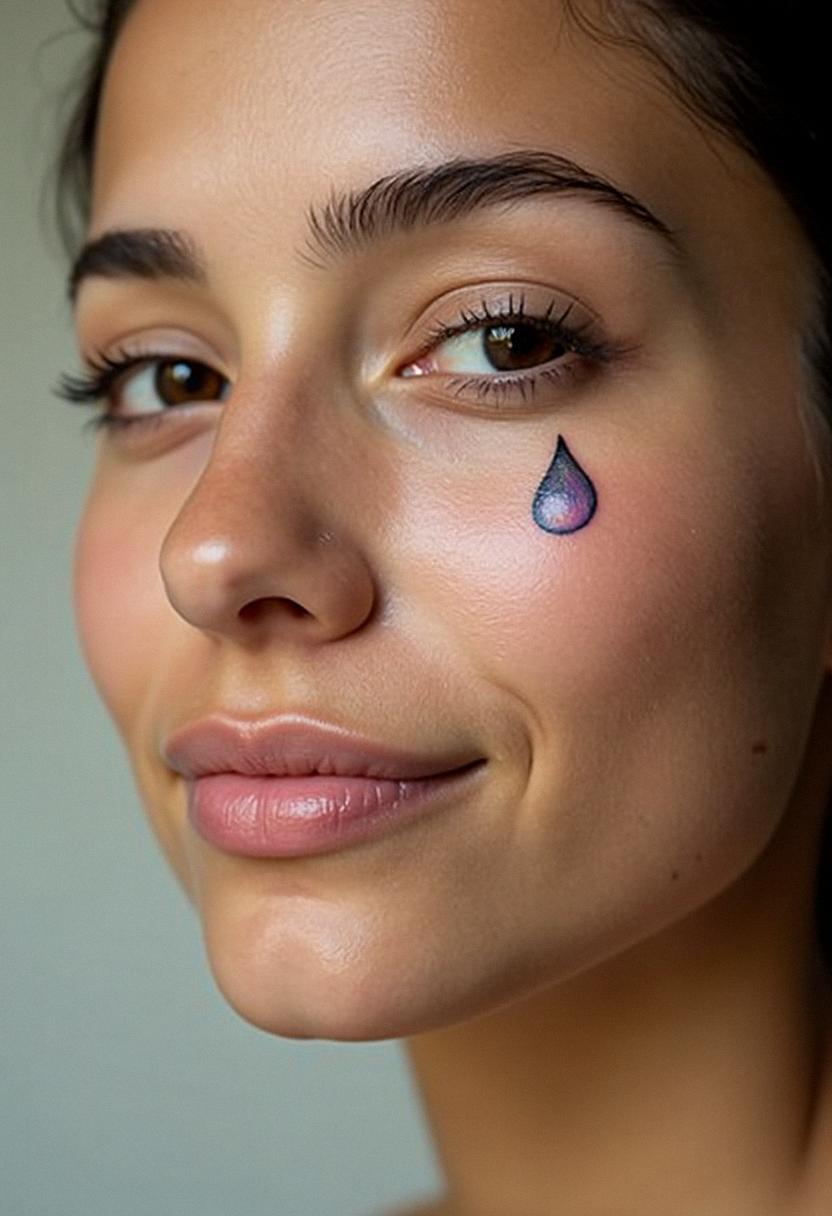
Symbolism and Meanings Behind the Tear Drop Tattoo
Every tear drop tattoo is imbued with layers of symbolism that can be interpreted in various ways depending on personal context and cultural background. To many, the tear drop represents a moment of deep emotional significance, whether that means a memory of loss, a significant turning point, or a cathartic release of emotion. When I examine these tattoos, it becomes clear that the design doesn’t just capture a fleeting moment; it encapsulates a journey of resilience. Some see it as a nod to enduring hardships, while others perceive it as a badge of honor reflecting survival and personal growth. Yet, its meanings are diverse—it can also symbolize love, pain, or even a tribute to someone who impacted your life profoundly. This duality is what makes the tear drop tattoo so appealing, as it invites conversation and interpretation. People often share personal narratives tied to this design, adding layers upon layers of meaning to what might otherwise be a simple icon. Whether you view it as a reminder of past trials or as a celebration of new beginnings, the tear drop tattoo is a dynamic symbol that evolves with each personal story, making it a truly versatile piece of art that carries both historical weight and contemporary relevance.
Design Variations and Artistic Interpretations
One of the most exciting aspects of tear drop tattoos is their adaptability in design, allowing for a myriad of interpretations that suit different styles and personal tastes. Artists have taken this classic symbol and experimented with various sizes, placements, and embellishments to create something that isn’t just a tattoo, but a signature statement. When I step into a tattoo studio or browse portfolios online, I notice how some artists blend realistic shading with abstract elements, giving rise to tear drop designs that range from minimalistic to incredibly detailed. There are versions that incorporate additional elements such as flowers, stars, or even script, lending the design a more personalized narrative. Some designs use bold outlines and vibrant colors to create a dramatic effect, while others opt for soft, monochromatic shades that exude subtle elegance. This variety ensures that the tattoo can be as discreet or as expressive as you desire. Whether your style leans towards traditional or modern, the adaptability of the tear drop tattoo makes it a prime choice for anyone looking to communicate a complex blend of emotion and art on their skin. What’s even more fascinating is how different cultures reinterpret the design, infusing it with unique stylistic quirks that speak to their aesthetic values. The sheer versatility in form and symbolism makes it no surprise that the tear drop tattoo remains a popular and continually inspiring trend.
Association with Street Culture and Myths
In many urban narratives, the tear drop tattoo has carved a niche for itself, often linked with the gritty undercurrents of street culture and the myriad myths that surround it. When I think about street art and its influence on personal expression, the tear drop stands out as a recurring symbol that has historically been associated with both rebellion and a coded language among certain communities. It’s not just the aesthetic appeal that draws attention—it’s the lore behind it. Stories of its use as a marker of life’s hardships, or as an indicator of rule-breaking behavior, have made the tear drop tattoo a subject of urban legends and fire-side discussions. People often whisper about its supposed connections to prison life, where each mark could signify personal battles or survival against the odds. This blend of mystique and raw, unfiltered emotion makes the tattoo a rebellious badge for those who wear it. In many urban environments, it becomes part of a larger narrative of defiance against societal norms, a way of expressing what sometimes feels unsayable through words alone. It’s that intriguing mix of myth and reality that elevates the style, turning a simple droplet of ink into a story that’s rich with both historical mistrust and raw individual empowerment. For many, it’s an embodiment of a lifestyle that isn’t afraid to wear its heart on its sleeve, or more accurately, its skin.
Personal Expression and Alternative Interpretations
People are drawn to tear drop tattoos largely because they embody the freedom to express complex personal narratives in a single, elegant design. For me, it’s the openness of interpretation that makes them fascinating—there’s no one-size-fits-all message attached to the design. One person’s tear drop might represent grief and the pain of losing a loved one, while another’s could be a celebration of overcoming personal struggles. It’s a design that has evolved alongside personal growth, allowing the wearer to redefine its meaning as they move through different phases of life. I’ve seen how individuals incorporate multiple symbols alongside them, turning the tattoo into a layered memoir that visually captures moments of vulnerability, triumph, or transformation. This flexibility is key; it means that regardless of your background, the tear drop tattoo can serve as a canvas for your personal story. People often tweak the design by integrating other elements—maybe a line, a symbol of freedom, or even a favorite quote—to further personalize this enduring image. It’s no wonder that such tattoos have become synonymous with honest self-expression and the human experience, echoing the idea that every tear, every drop, holds a story worth telling. If you’re someone who values authenticity and the power of symbolism, the tear drop tattoo offers a uniquely powerful way to broadcast your inner narrative without uttering a single word.
Considerations for Placement and Size
Choosing where and how large your tear drop tattoo should be involves a blend of practicality, aesthetics, and personal storytelling. I’ve often found that this decision is as much about the message you want to portray as it is about comfort and longevity. For instance, many people opt for a discreet placement—sometimes near the eye or on the side of the face—because it allows the tattoo to maintain its personal significance while still being visible enough to spark curiosity. Others prefer locations like the forearm, chest, or back where the design can be scaled up and integrated with complementary artwork, making it a centerpiece of their body art. When I chat with friends who are passionate about tattoos, they emphasize that the size of the tattoo often corresponds with the intensity of the emotion or memory it represents. A smaller tattoo might serve as a quiet reminder of a personal milestone, while a larger, more elaborate rendition could tell a bigger, more detailed story. This decision also affects the intricacy of the design; a larger canvas gives your tattoo artist ample room to incorporate detailed shading, color gradients, and other artistic touches. It’s important to remember that placement is not just about visual impact—it’s about how the tattoo aligns with your lifestyle and personal comfort zones, especially when it comes to touching or exposing the area in everyday activities. So, whether you choose a large, dynamic piece that makes a bold statement or a subtle mark that holds intimate meaning, thoughtful planning ensures that your tear drop tattoo remains both a work of art and a faithful companion in your journey.
Choosing the Right Tattoo Artist and Studio
Finding the perfect tattoo artist and studio is a crucial step in ensuring that your tear drop tattoo not only turns out beautifully but also holds the precise meaning you intend it to convey. In my experience, stepping into a tattoo shop is like entering a creative haven where each artist brings their own flavor and style to the table. It’s important to take your time researching artists whose portfolios reflect the level of detail, shading, and artistic innovation that you desire. I always advise checking reviews and asking questions about the sterilization practices, artistic influence, and overall vibe of the studio. A sincere conversation with the artist often reveals if they’re truly on board with capturing the essence of your personal story. Many tattoo enthusiasts stress that trust is built on more than just technical skill—it’s built on a sense of shared understanding and passion for what the tattoo represents. The tear drop tattoo, with its nuanced symbolism, deserves an artist who can balance traditional elements with contemporary influences, ensuring that every drop of ink is applied with intention. I find that studios offering consultations, where you can discuss design ideas in detail and see sketches before the session, help clarify expectations and minimize surprises. It ultimately comes down to a blend of impeccable hygiene, a nurturing environment, and an artist whose vision resonates with your own narrative, ensuring that your tattoo is a masterpiece you’ll cherish for years to come.
Tattoo Aftercare and Long-Term Maintenance
Proper aftercare and long-term maintenance are vital to preserving the beauty and integrity of your tear drop tattoo, making sure that every delicate detail stays sharp and vibrant. After your tattoo session, I always emphasize the importance of following the artist’s detailed timelines for cleaning and moisturizing the area. The skin is essentially in a state of healing, and using gentle, fragrance-free products can make a significant difference to the outcome. It might sound a bit overwhelming at first, but once you establish a routine that fits your lifestyle, you’ll find that caring for your tattoo becomes just another part of your daily ritual. It’s not just about avoiding infection or prolonged healing—it’s about ensuring that the tattoo ages gracefully with you. Over time, factors like sun exposure and general wear can slightly alter the appearance of your tattoo, so incorporating periodic touch-ups and sunscreen into your routine is absolutely crucial. I always stress that your tattoo is not just a one-time addition but a lifelong companion, so nurturing it through proper aftercare is a form of respect for the art itself. Whether you’re on the go or at home, making small adjustments in your routine can have a big impact, ensuring that the story your tattoo tells remains as powerful and beautiful as the day it was inked.
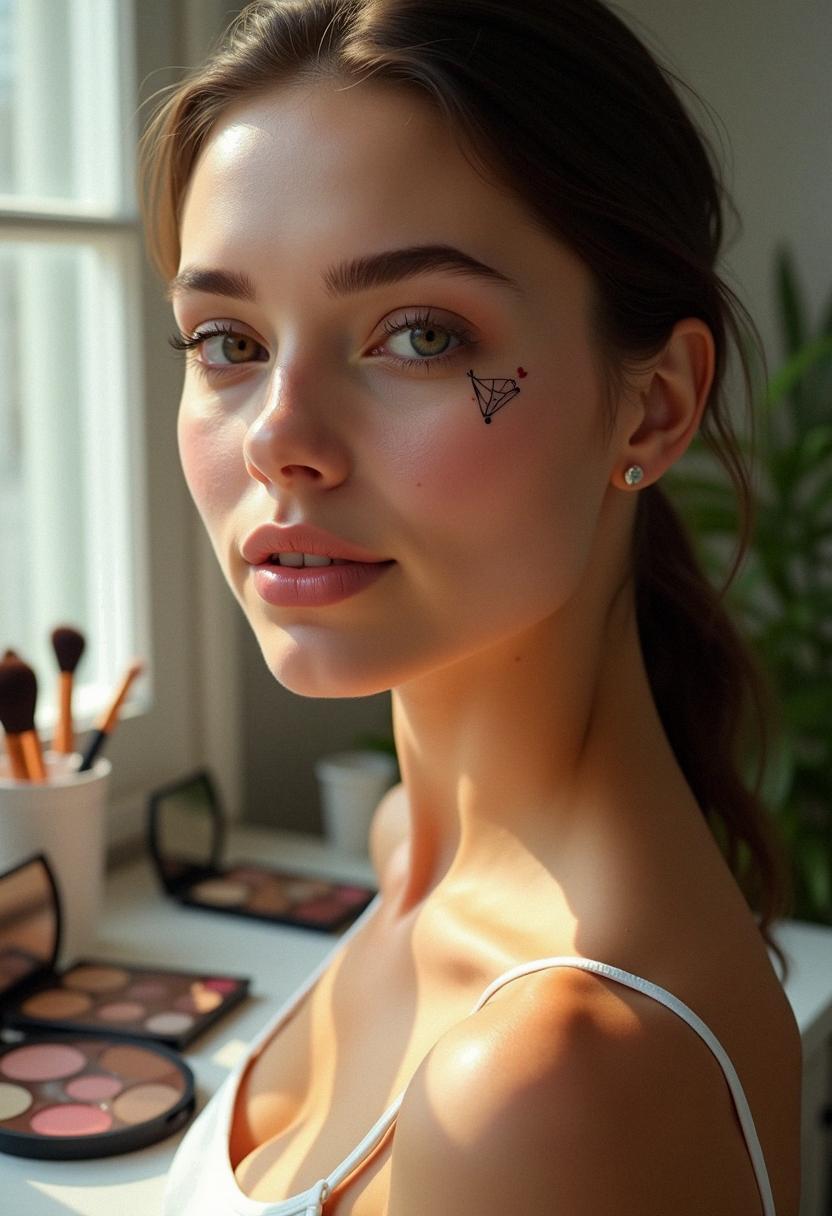

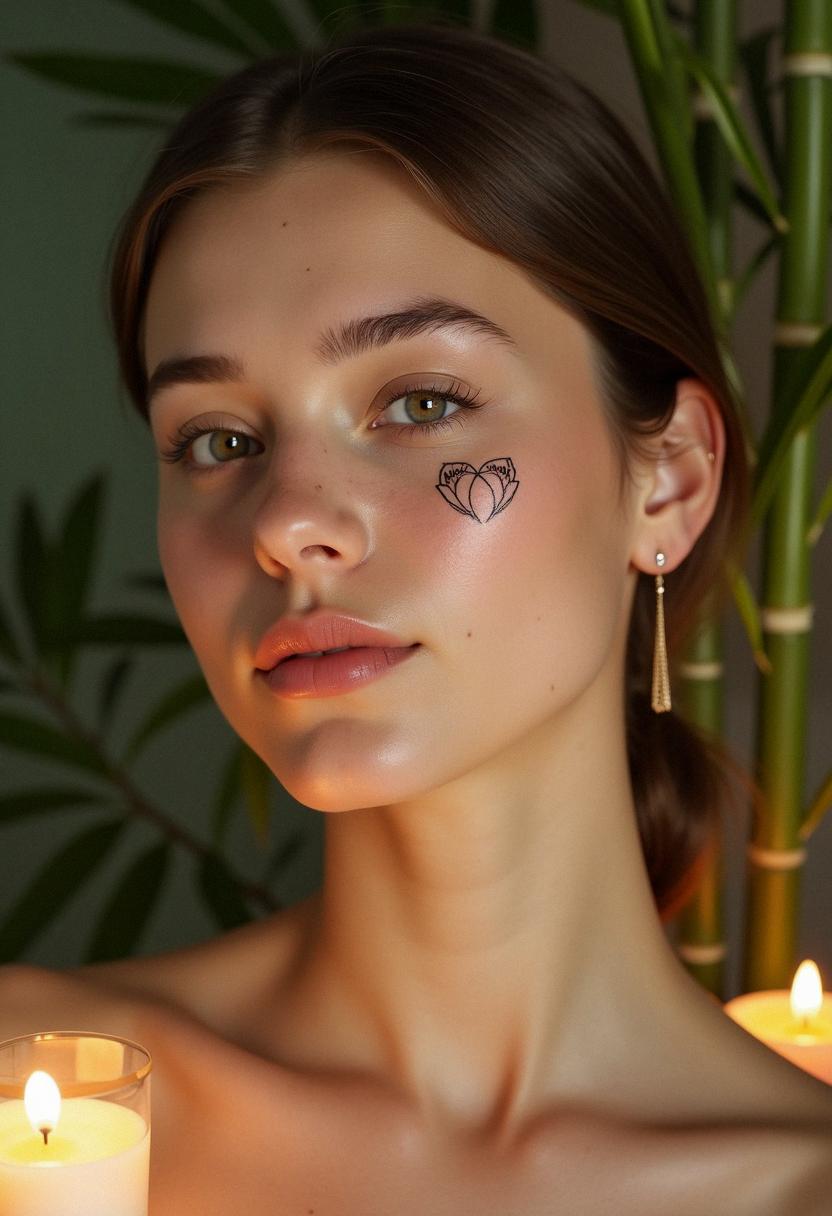
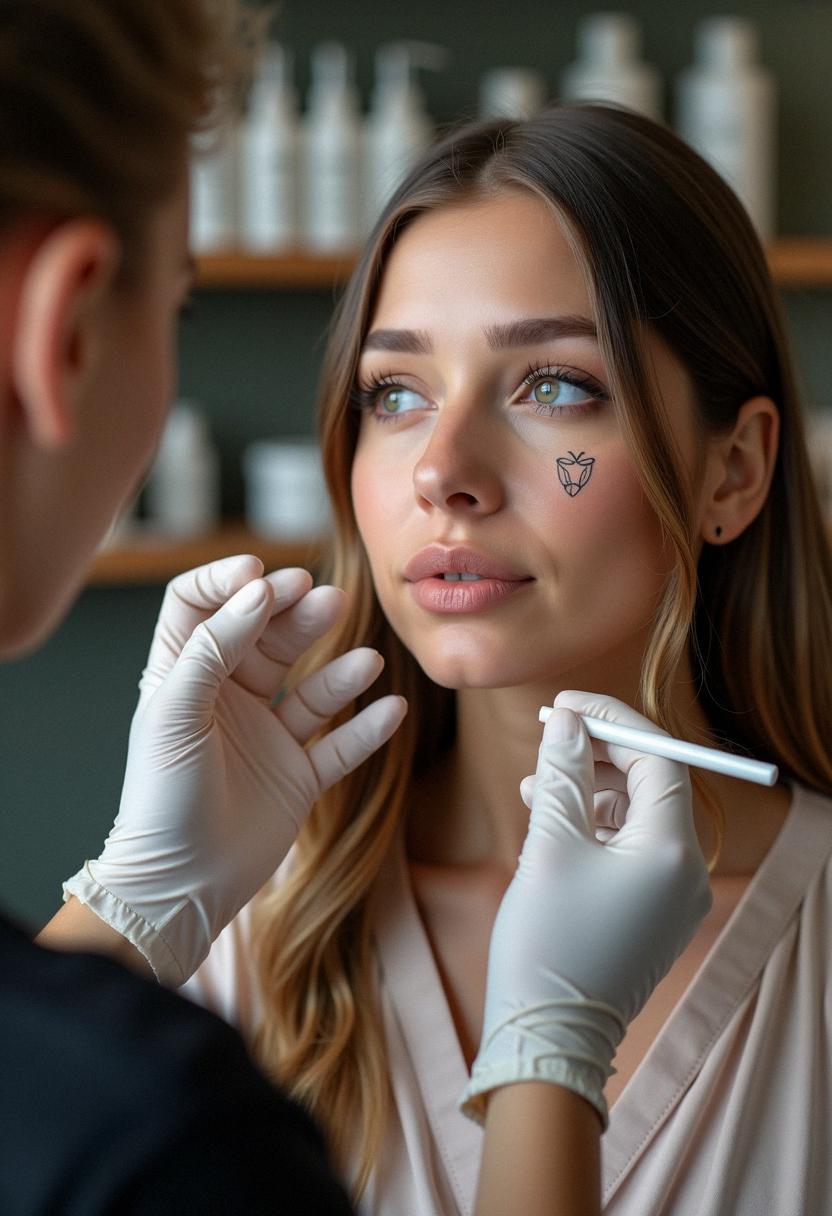
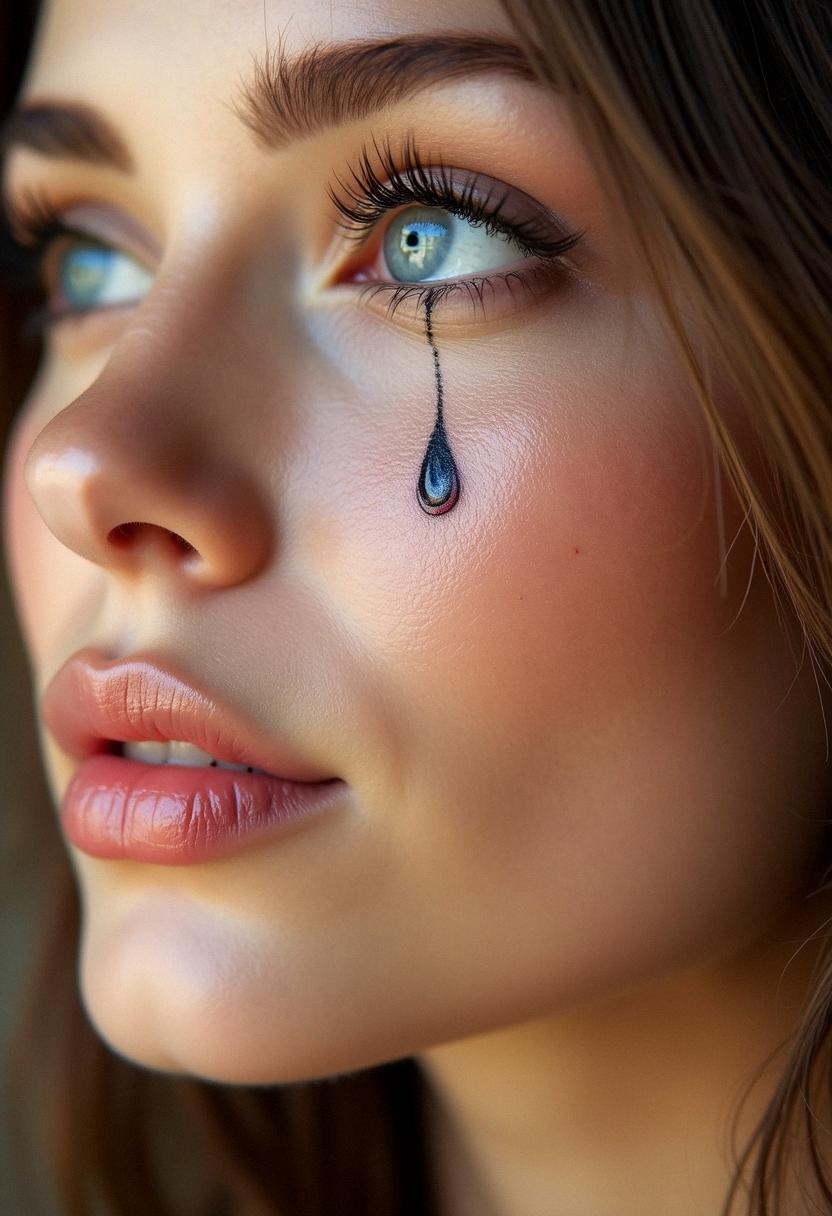
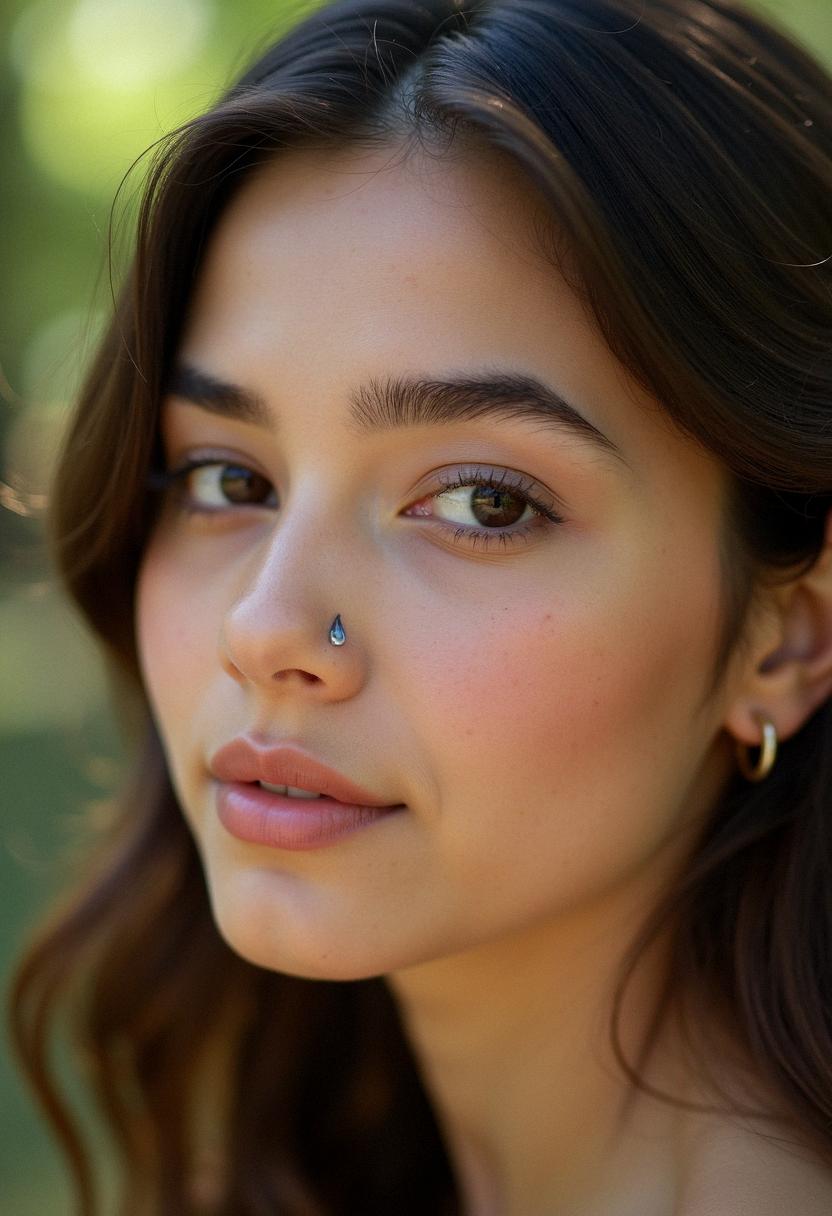
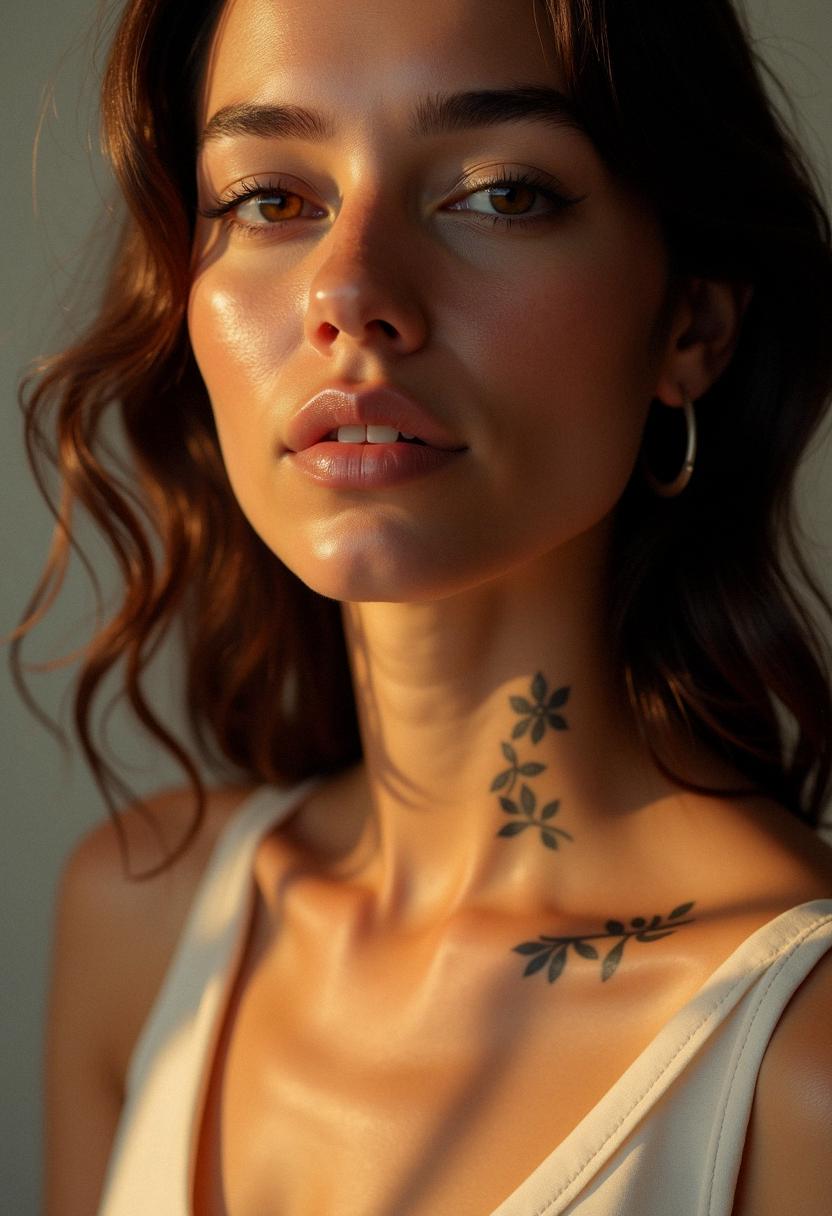
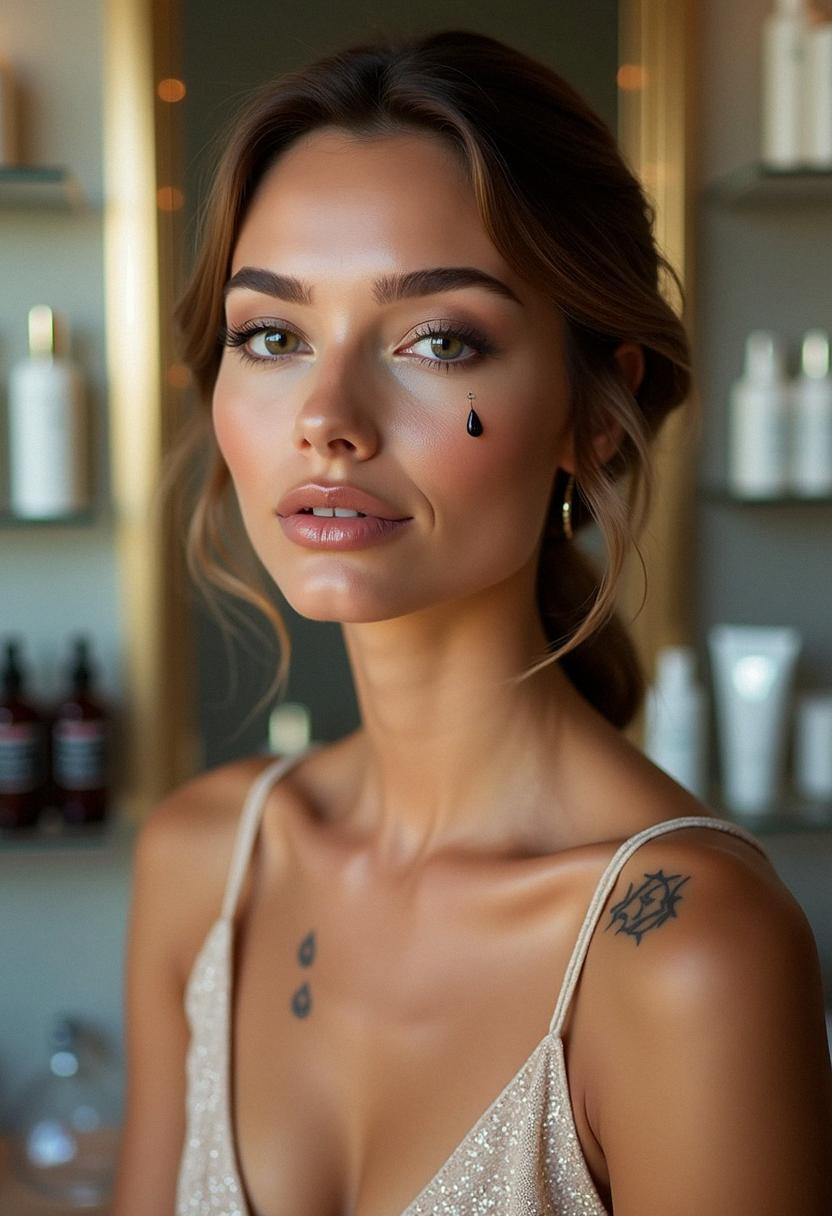
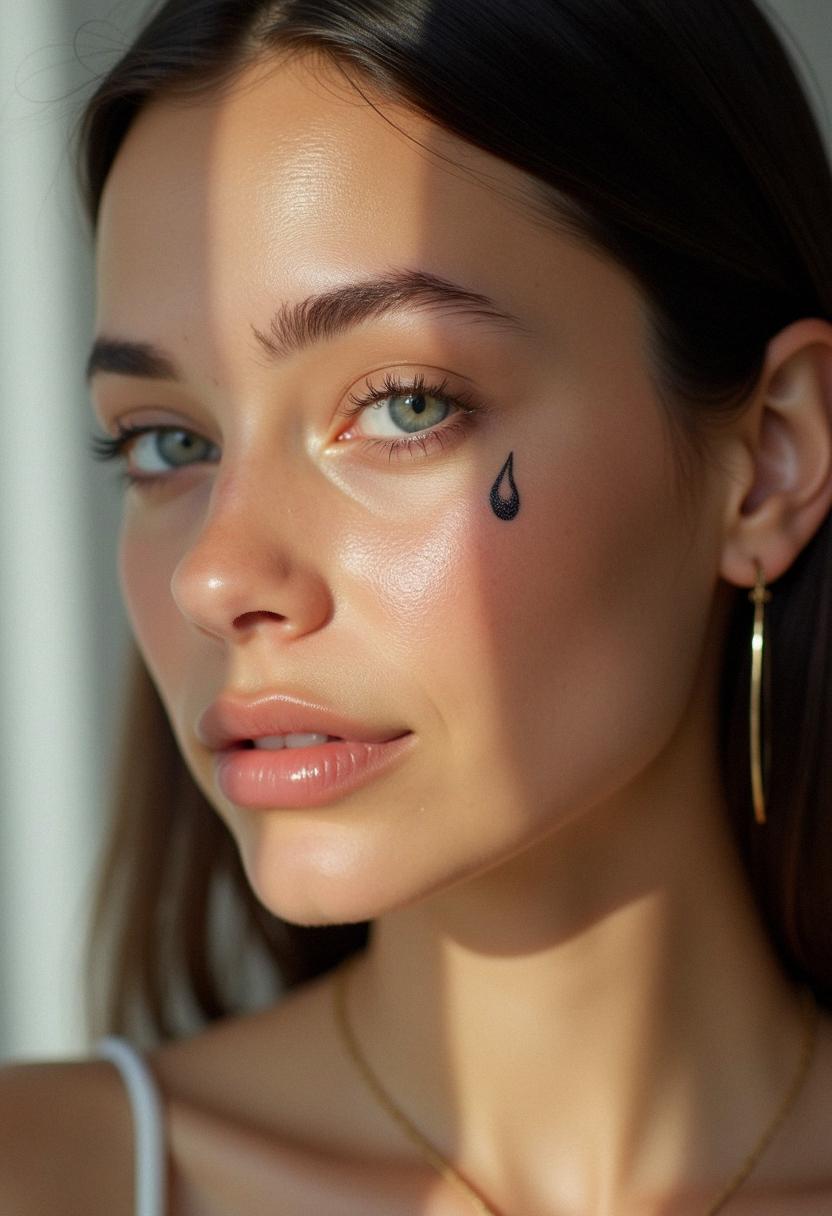
Future Trends and Evolving Meanings
As we look ahead, the landscape of tattoo art continues to evolve in both style and meaning, and tear drop tattoos are no exception to this dynamic transformation. The trends we’re witnessing bring in innovative techniques, intricate styles, and fresh interpretations that push the boundaries of traditional aesthetics. I find it fascinating how artists and wearers alike are redefining the symbolism of tear drops in a way that aligns with modern narratives of identity, healing, and empowerment. In today’s creative climate, these tattoos are increasingly seen as markers of personal transformation rather than symbols laden with a single, fixed meaning. They’re becoming even more versatile, often adapted to reflect a multitude of life experiences from overcoming challenges to celebrating life’s unexpected joys. With the convergence of digital art influences and age-old tattooing methods, enthusiasts are constantly discovering new ways to incorporate subtle details, geometric patterns, and even 3D effects into their tear drop designs. This blend of tradition and technological innovation not only enriches the visual appeal but also opens the door for deeper layers of personal symbolism. As societal attitudes towards tattoos continue to shift, I’ve noticed that there’s a growing acceptance that these marks of expression are part of a broader conversation about mental health, personal growth, and the beauty of imperfection. The future is bright for tear drop tattoos, as they seamlessly adapt to our ever-changing world, ensuring that their legacy remains as fluid and impactful as a single, powerful drop of ink.
